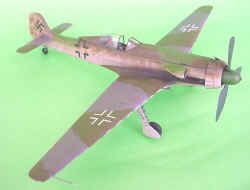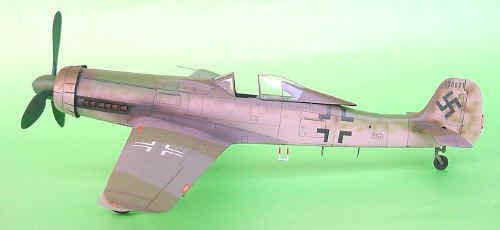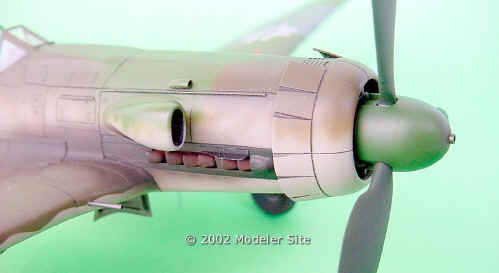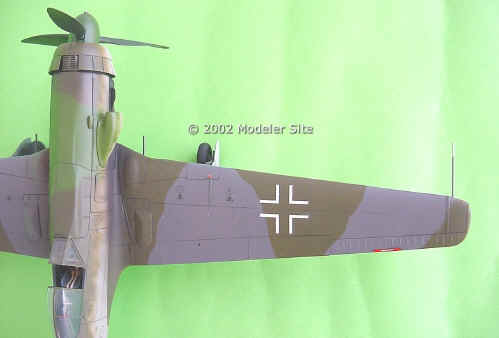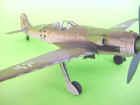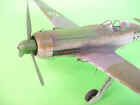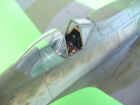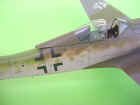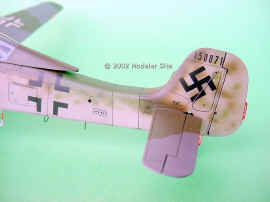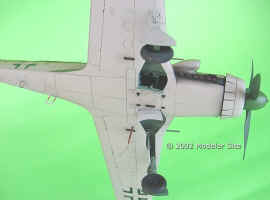 |
|||
|
Airplanes |
|||
|
Focke Wulf Ta 152 H-1 Dragon 1:48 scale |
|||
|
by Marcelo Scaminaci Russo |
|||
|
Even though there is not any link between their two names, the Ta.152 constitutes the ultimate development of the Fw.190 cell. The Ta.152 doesn't look like him but he represents the last evolution of the basis model, improved with the experience acquired all along the conflict. This Fw. was used in the last struggle of the Luftwaffe against high altitude bombers. Therefore, he was endowed of a pressurized cockpit, of lengthened wing and of a special motor.
Assembling the Ta 152 H Many times I wrote articles for this excellent magazine, where the main poin of interest was a Dragon´s model. So, is not necessary to reassert my condition of " fan " for kits from this manufacturer. In this way, I started a job that took almost 150 hours. Due to the fit between different parts is excellent, the unions resulted in a clean joint and minimal filler being required throughout this kit. When fitting the wings I found it easier to fit the single lower wing ( part B3) to the fuselage before adding the upper section.
As well the undercarriage have some problems. The right leg ( part G20) was slightly larger than left leg; was necessary to cut about two millimeters of the upper portion of this. Finally, the tail wheel strut was bad moulded. If you assemble the tail wheel just as instruction sheet says, it will stay fitted to the other way round. The components which I had problems with were parts A22/G12/G11. I solved this matter assembling all structure, and then, cutting the wheel portion and turning it 180 degrees. Finishing the model Painting details and decals are provided for one aircraft in standard Luftwaffe colors for the end of World War Two. I followed this instructions, applying RLM 77 Light Gray undersides and low portion of fuselage, and RLM 82 Light Green/RLM 83 Dark Green in upper surface of it. On the upper surfaces of wings, the colours applied were RLM 75 Gray Violet/ RLM 83, in a splinter pattern. I used Tamiya enamels for this job.
I only used some stencils from the decals sheet; the Balkenkreuz and other badges were painted with the mask system. All the model was oversprayed with two coats of semi-gloss acrylic varnish from Gunze. Conclusion Not really for the beginner. Although there weren't many problems in construction, it does require a reasonable amount of skill and experience to produce a good finished model which certainly makes a nice addition to any Luftwaffe collection.
Support us ordering our notes in PDF > Here |
|||
